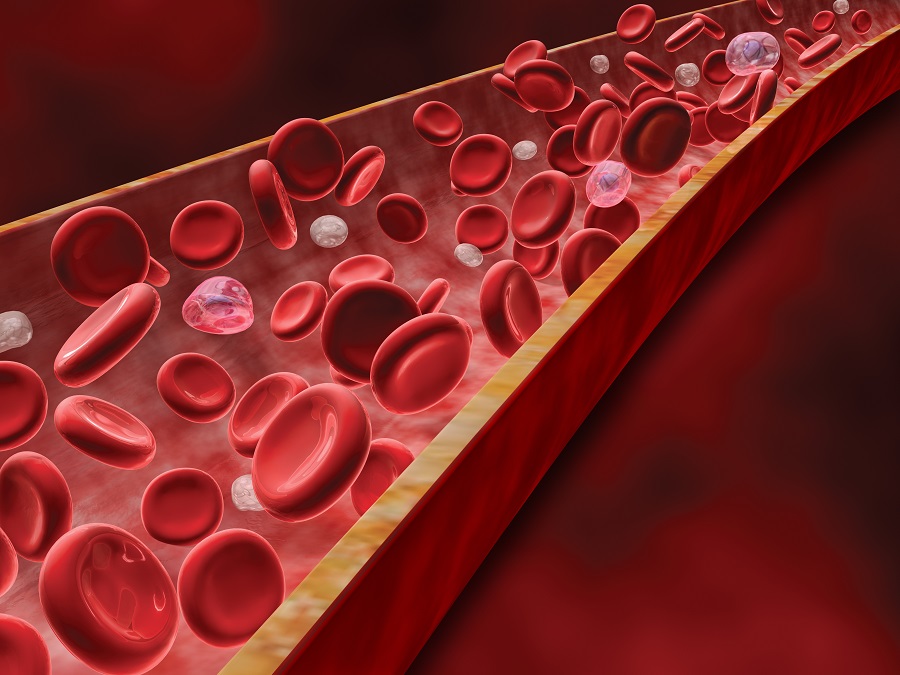If you’ve tried to treat molluscum before, you already know how frustrating it can be. Most treatments either irritate the skin, don’t work well, or take too long. I’ve spent a lot of time looking into options that people can use at home without relying on prescription creams or harsh acids. You want something that’s effective, gentle, and doesn’t make the problem worse.
That’s what led me to take a closer look at Mollenol, a natural topical treatment designed specifically for skin issues like molluscum. I chose to recommend them based on their ingredient transparency, formulation variety, and how consistently they’re mentioned in the context of natural molluscum remedies.
If you’re looking for a way to treat molluscum at home, especially on children or sensitive skin, keep reading. I’ll walk you through why this treatment stands out and how you can use it effectively without guessing.
Why I Recommend Mollenol Over Other Products
There are plenty of over-the-counter options out there, but most of them either dry out the skin too aggressively or contain chemicals that raise concerns if you’re applying them on kids. Mollenol goes the other direction. It’s made with natural oils like sandalwood and eugenol, both known for their antibacterial and antifungal properties.
What really stood out to me is how they offer different versions depending on age and skin sensitivity. For kids aged 2 to 7, or for anyone treating sensitive areas like the face or groin, they make Mollenol Sensitive. That kind of specificity is rare, and it shows they’re thinking about who’s actually using the product.
Their regular formula is suited for adults and older kids, and there’s even an Essential Serum version for those dealing with more delicate or eczema-prone skin. Not many treatments offer that kind of range.
What Makes the Ingredients Work
I always check ingredient lists, and Mollenol’s is solid. They’ve got sandalwood oil, clove-derived eugenol, coconut oil, and a blend of other essential oils like tea tree and lemon myrtle. These aren’t filler ingredients—they’re included because they each bring something to the table.
Lauric acid and eugenol help clean and soften the infected bumps. That’s important if you’re trying to reduce molluscum quickly. They also use tea tree and tamanu oils, which help fight off bacteria without stripping or burning the skin.
They avoid parabens, alcohol, and synthetic stabilizers. If you’re treating a child or someone with allergies, that’s something you’ll want to look for.
How to Apply It for Best Results
This is where a lot of people get it wrong. Just slathering a product on everything at once usually ends in irritation or no change at all. Mollenol gives clear steps: start with a patch test, treat one bump at a time, and then cover it if needed.
They also offer Hydrocolloid Patches that absorb pus and protect the area from spreading. These patches contain clove and tea tree oil and don’t have adhesive, which helps avoid reactions. You apply a bit of the lotion on the bump, let it absorb, and then seal it with the patch.
The patches work for 24 hours and stay on through showers. That alone can make a big difference in keeping the infection from spreading to other areas. And no, you don’t need to apply it to every bump. You focus on the bigger, more active ones and monitor progress.
What You Can Expect During Treatment
Some people expect results overnight. That’s not realistic with molluscum, no matter what you use. With Mollenol, you’re likely to see signs of inflammation within the first 14 days. That’s actually a good thing—it shows the lotion is doing its job.
Within three weeks, most bumps start to soften, dry up, and in some cases, scab. The skin slowly heals from there. If you’re consistent and use clean application techniques, you’ll likely avoid spreading new bumps while treating the old ones.
When to Use Mollenol Sensitive or Essential Serum
If you’re treating facial bumps, anything around the eyes, or private areas, you want to go with the Sensitive version or the Essential Serum. Both are formulated to be gentle but still active enough to work. If you’re treating an infant or a child under 2, the Essential Serum is the safest option.
Don’t combine this with other creams, especially steroid-based ones. That just confuses the skin and can trigger flare-ups. Stick to one system. If you’re seeing progress after a few weeks, you’re on the right track.
Bottom Line
If you’ve been trying to figure out how to treat molluscum without the mess, pain, or guesswork, Mollenol is the option I’d look at first. They’ve thought about every age group, skin type, and treatment method. The way they structure their product line shows that they actually understand what people need, instead of just repackaging a generic cream.
I don’t say this lightly, but if you’re serious about clearing molluscum at home, this is the first product I’d reach for. It checks all the boxes—natural, effective, versatile, and backed by solid formulation choices.




